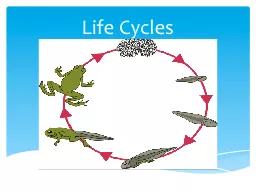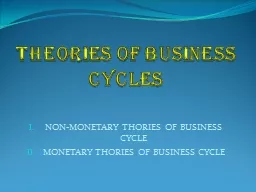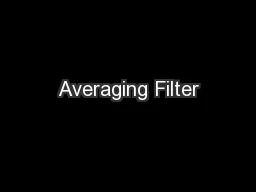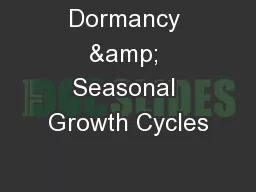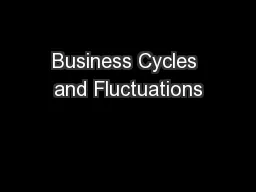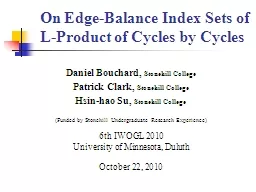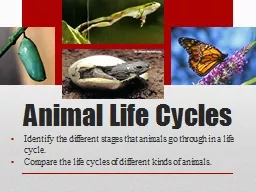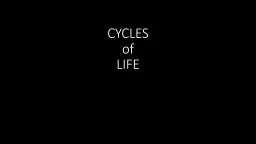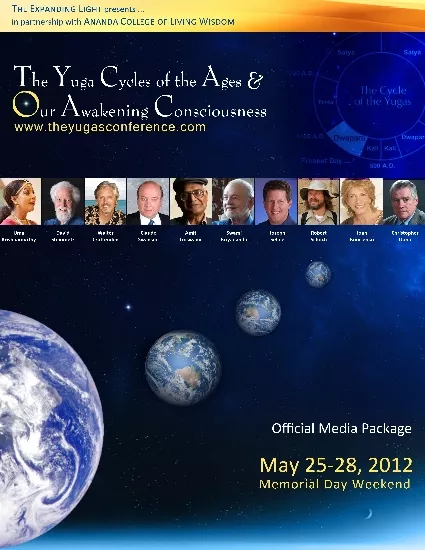PPT-Life Cycles
Author : debby-jeon | Published Date : 2016-09-13
The different stages an animal or plant goes through during its life In plants this includes Pollination Fertilisation Fruit development Dispersal of seeds Germination
Presentation Embed Code
Download Presentation
Download Presentation The PPT/PDF document "Life Cycles" is the property of its rightful owner. Permission is granted to download and print the materials on this website for personal, non-commercial use only, and to display it on your personal computer provided you do not modify the materials and that you retain all copyright notices contained in the materials. By downloading content from our website, you accept the terms of this agreement.
Life Cycles: Transcript
Download Rules Of Document
"Life Cycles"The content belongs to its owner. You may download and print it for personal use, without modification, and keep all copyright notices. By downloading, you agree to these terms.
Related Documents

